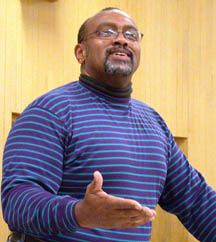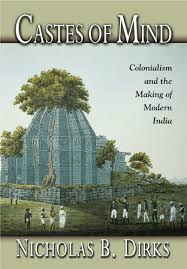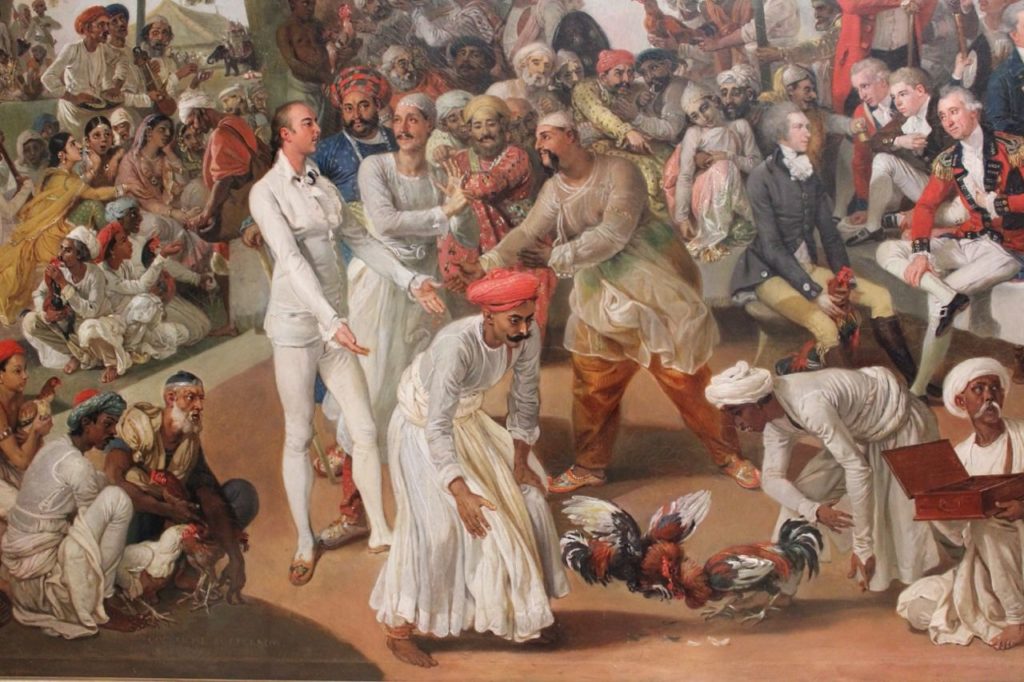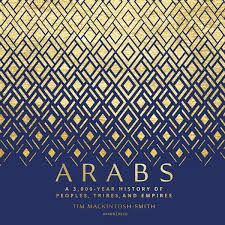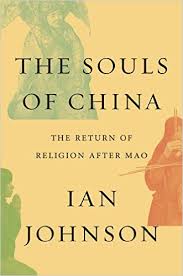 25% of humans live in the Indian subcontinent. 18.5% live in China. Together that’s 43.5% of the world’s population in the two great Asian civilizations. Not a trivial number in the 21st century, especially in a nascent multipolar world.
25% of humans live in the Indian subcontinent. 18.5% live in China. Together that’s 43.5% of the world’s population in the two great Asian civilizations. Not a trivial number in the 21st century, especially in a nascent multipolar world.
And yet the two societies often lack a deep awareness of each other, as opposed to an almost pathological fixation on the West, and in India’s case the world of Islam.
Indians are clearly geopolitically aware of China. Obsessed even. But aside from cultural exotica (e.g., the Chinese “eat everything”), there seems to be profound ignorance.
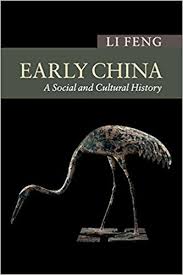 This is illustrated most clearly when I hear Indian intellectuals aver the proud continuous paganness of their civilization. Setting aside what “pagan” means, and its applicability to the Hindu religious tradition, the key here is a contrast with the world to the west, which was impacted by a great rupture. The people of Iraq have a written history that goes back 5,000 years, but the continuity between ancient and modern people of the region is culturally minimal. Modern inhabitants of Bagdhad know on some level that their ancestors were Sumerian, but for most of them their identity is wrapped up in their religion and the lives of the Prophet and his family, or for Christians that of Jesus.
This is illustrated most clearly when I hear Indian intellectuals aver the proud continuous paganness of their civilization. Setting aside what “pagan” means, and its applicability to the Hindu religious tradition, the key here is a contrast with the world to the west, which was impacted by a great rupture. The people of Iraq have a written history that goes back 5,000 years, but the continuity between ancient and modern people of the region is culturally minimal. Modern inhabitants of Bagdhad know on some level that their ancestors were Sumerian, but for most of them their identity is wrapped up in their religion and the lives of the Prophet and his family, or for Christians that of Jesus.
This is not the case with the majority of Indian subcontinental people, whose religious traditions and cultural memory go back further, literally to the Bronze Age at the latest. The foundational mythological cycles which define Indian culture probably date to 1000 to 1500 BC. During this time Kassites ruled Babylonia, and the Assyrians were coming into their own. Until modern archaeology, these people were only names in the Bible or in Greek historians.
But this is not only true of India. These Chinese also look to the Bronze Age Shang dynasty, and in particular, the liminal Zhou, to set the terms of their modern culture. The ancient sage kings, who likely predate the Shang, are also held in cultural esteem.
Does any of this matter? I don’t honestly know. I’m American, not India or Chinese. But perhaps it might help on some level if these two civilization-states could understand and accept that they share in common having extremely deep cultural roots apart from the revelation of the God of Abraham, the God of Isaac, and the God of Jacob.
